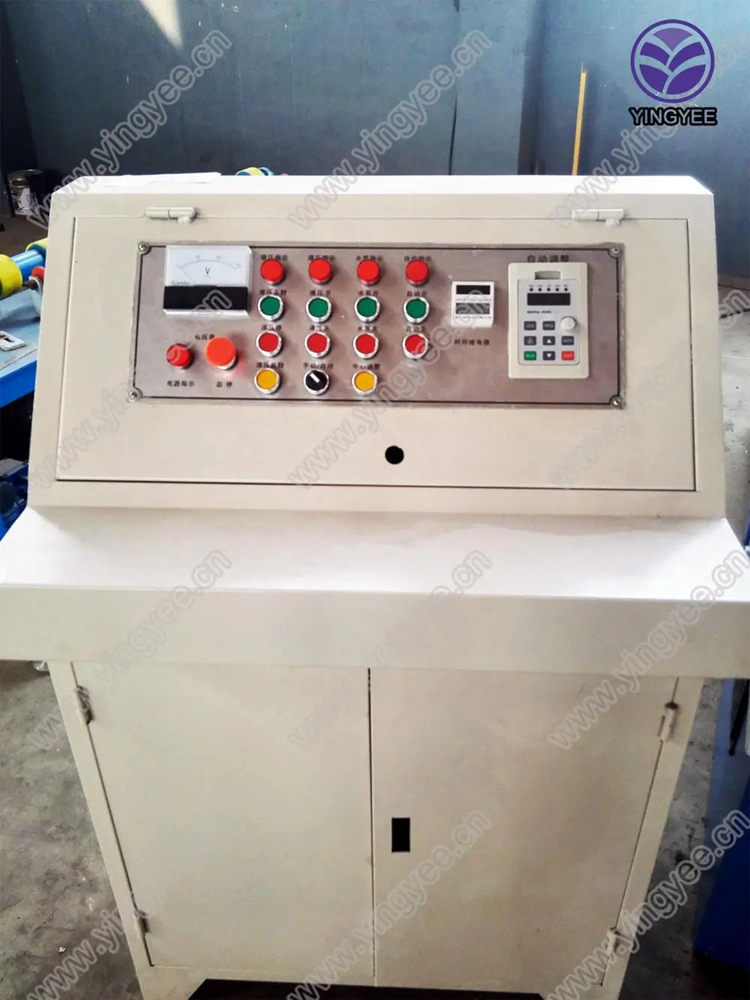
Understanding the Extrusion Machine A Comprehensive Overview
Extrusion machines are essential pieces of equipment utilized across various industries including plastics, food, and building materials. They play a critical role in transforming raw materials into usable forms through a continuous manufacturing process. This method, known as extrusion, involves forcing material through a die of the desired shape. The result is a highly efficient process capable of producing a wide range of products ranging from plastic tubing to food items like pasta.
Working Principle of Extrusion Machines
At the heart of the extrusion process lies the extrusion machine, which consists of a hopper, a barrel, a screw mechanism, a die, and a cooling system. The process begins with raw material, typically in the form of pellets or powder, being introduced into the hopper. Here, the material is conveyed into the barrel, where it is heated and melted. The screw mechanism plays a pivotal role in this phase; as it rotates, it mixes the pellets, steadily heating them to their melting point.
Once the material reaches a homogenous molten state, it is forced through a die that shapes it into the desired profile. The shape can vary widely depending on the application—common examples include pipes, sheets, and profiles used in construction and packaging. After the material exits the die, it is often cooled using air or water to solidify it into its final form.
Applications of Extrusion Machines
Extrusion machines are incredibly versatile and serve multiple sectors. In the plastics industry, they produce a variety of products, from simple plastic sheets to intricate profiles used in window frames and doors. In the food industry, extrusion cooking allows for the production of cereals, snacks, and pet foods, which undergo a cooking and shaping process simultaneously. Additionally, metal extrusion is prevalent in creating aluminum frames and components for aerospace and automotive applications.
The technology hasn't remained static; advancements in extrusion machinery have improved efficiency, energy consumption, and product quality. Some modern machines incorporate controls and monitoring systems that ensure optimum processing conditions, enhancing the precision of the final products.

Benefits of Extrusion Technology
The extrusion process offers numerous advantages. Firstly, it enables continuous production, which means higher output rates compared to batch processing. This efficiency leads to reduced labor costs and increased economic returns. Secondly, the ability to create complex shapes without the need for additional tooling simplifies production and reduces waste. Moreover, the homogenization of materials in the extrusion process enhances the quality of the final product, ensuring consistency and durability.
Additionally, extrusion machines provide flexibility. Manufacturers can easily switch to different materials or shapes, allowing companies to innovate and adapt to changing market demands without significant additional investments. This adaptability is crucial in today’s fast-paced industrial environment.
Challenges and Considerations
Despite their numerous advantages, extrusion machines also face challenges. Material selection is crucial; poorly chosen materials can lead to defects and wastage. Moreover, the initial costs of high-quality extrusion machines can be significant, which may be a barrier for smaller businesses. Additionally, maintaining and servicing these machines requires skilled personnel, particularly when dealing with complex systems and advanced technologies.
Conclusion
Extrusion machines represent a vital technology in modern manufacturing. By converting raw materials into high-quality final products with efficiency and flexibility, they play an indispensable role in various industries. As technological advancements continue to emerge, the future of extrusion machinery looks promising, driving innovation and enhancing productivity across sectors. Understanding the intricacies of these machines can empower manufacturers to harness their full potential, ensuring success in an increasingly competitive marketplace.